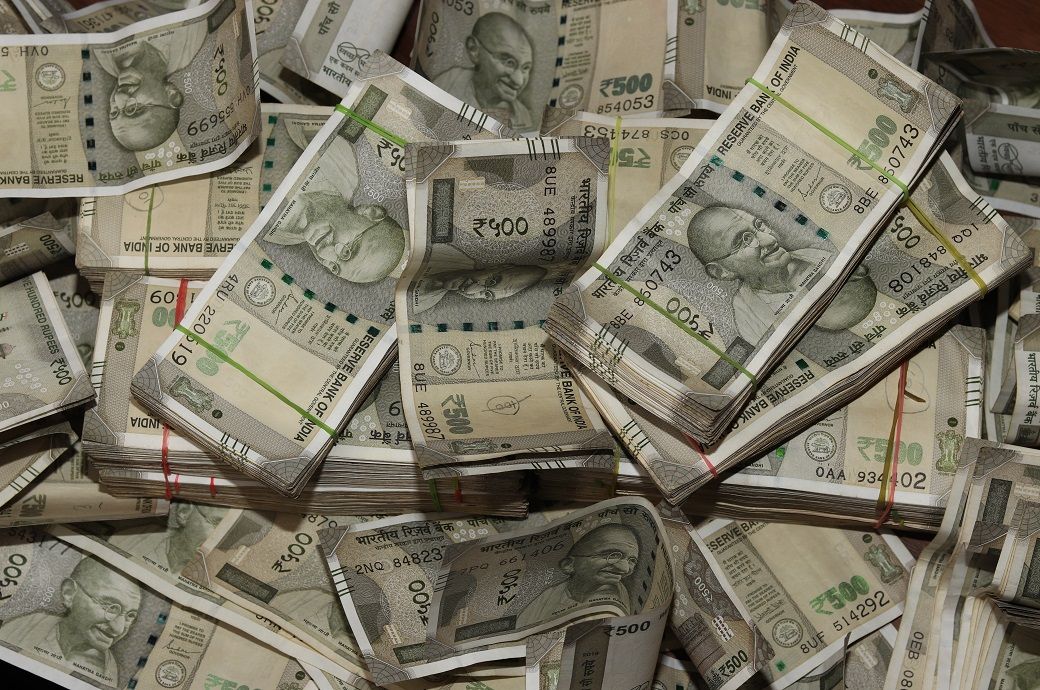
However, the overall impact on the credit profiles of companies in the rating agency’s portfolio is seen neutral.
The Indian rupee moved from ₹83.81 to the dollar on October 1, 2024, to ₹87.40 on February 28, 2025, before appreciating to ₹85.65 on April 3, 2025. This is against an annual rupee depreciation of 1-2 per cent seen over the preceding two years till September 2024.
While there has been some appreciation of late, CRISIL Intelligence expects the rupee to continue to depreciate against the dollar and settle at close to ₹88 by end of FY26.
When the rupee depreciates sharply, sectors with sizeable level of imported/dollar-denominated raw materials will see a substantial increase in their costs without a corresponding increase in their revenues, and hence, their earnings are likely to be adversely affected in the near-term, the rating agency observed in a release.
The extent of impact will depend on the exposure to foreign trade, ability to pass on the cost increase and hedging practices. There might also be player-specific impact across sectors based on the extent of unhedged foreign currency debt exposure.
On the other hand, a depreciating rupee could drive up, to some extent, earnings of sectors like information technology (IT), home textiles and marine foods, which are net exporters. The impact may not be material for other sectors with sizeable overseas trade exposure like chemicals due to the presence of a natural hedge and high propensity to pass on the incremental cost to customers.
For oil and gas (refining and marketing), as the prices of key end-products such as diesel and petrol are regulated and fixed, the increase in crude oil cost (which is dollar-denominated) due to rupee depreciation could impact operating profitability by up to 125 bps.
However, given the current favourable crude oil prices, the profitability is trending above the historical average and there is some cushion against the adverse forex movement.
On capital goods, given the diversity in the sector, segments that import many components could see profitability take a hit, while those that export finished products will be better placed.
ALCHEMPro News Desk (DS)
Receive daily prices and market insights straight to your inbox. Subscribe to AlchemPro Weekly!